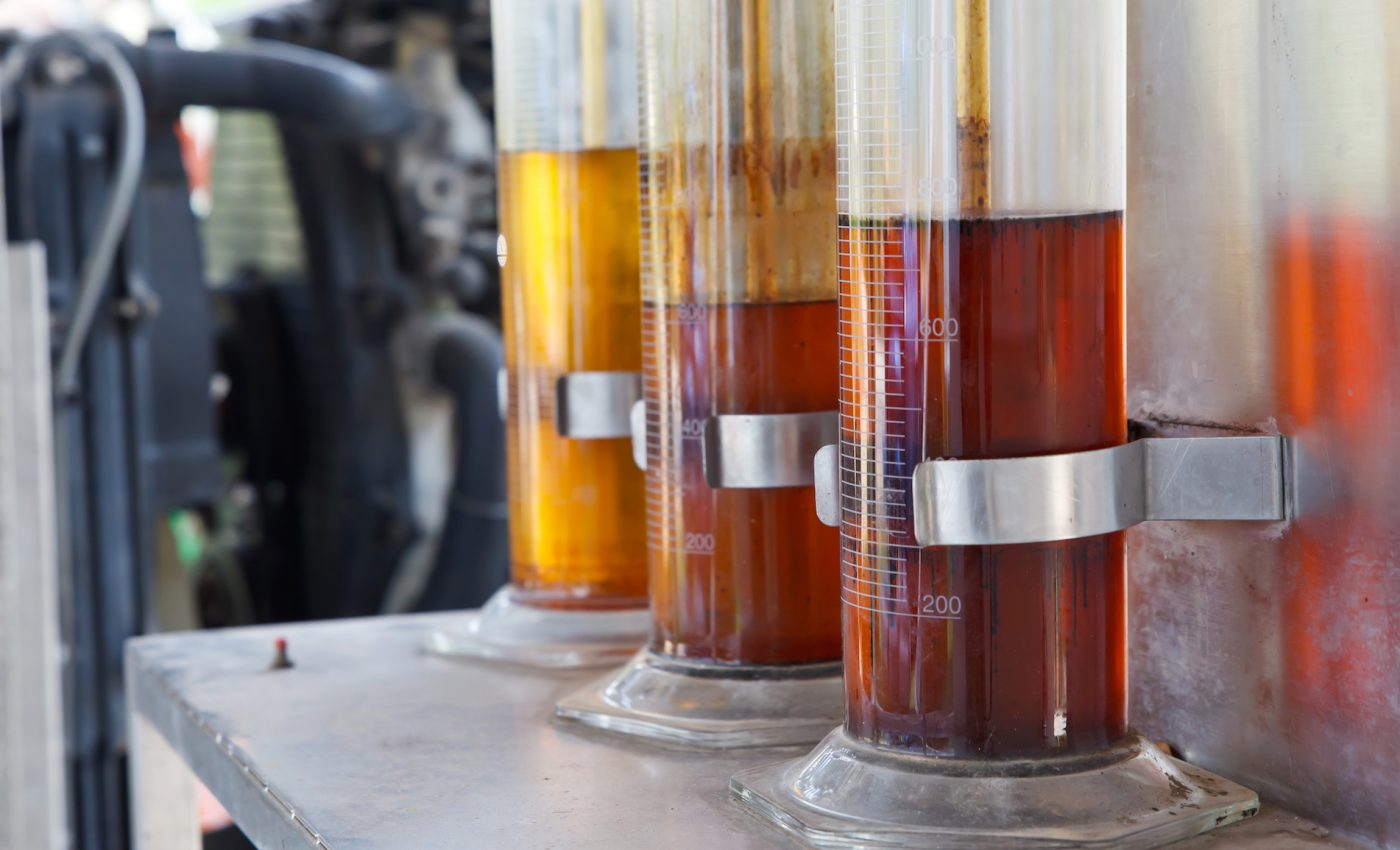
Boosting oil production in plants can help produce biofuels
Researchers at the U.S. Department of Energy’s Brookhaven National Laboratory have uncovered new details about the oil production process in plant cells. The discovery could ultimately lead to new methods of modifying plants to produce massive of amounts of oil that could be used as biofuels.
A previous study led by Brookhaven Lab biochemist John Shanklin demonstrated a clear association between a sugar-signaling molecule called KIN10 and another protein that initiates oil production known as WRINKLED1.
The researchers expanded upon this finding and discovered that by increasing sugar accumulation in plant leaves they could also boost oil production. The current study provides a better understanding of the link between sugar signaling and oil production by identifying the exact molecules underlying this connection.
“If you were a cell, you’d want to know if you should be making new compounds or breaking existing ones down,” said Shanklin. “Making oil is demanding; you want to make it when you have lots of energy – which in cells is measured by the amount of sugar available. By understanding how the availability of sugar drives oil production, we hope to find ways to get plants to boost the priority of making oil.”
In the follow-up investigation, study first authors Zhiyang Zhai and Jantana Keereetaweep set out to determine how different molecular components interact to drive up oil production when sugar is abundant. The team used a new technique called microscale thermophoresis, which measure the strength of molecular interactions with great precision using fluorescent dyes and heat.
“You label the molecules with a fluorescent dye and measure how they move away from a heat source,” said Shanklin. “Then, if you add another molecule that binds to the labeled molecule, it changes the rate at which the labeled molecule moves away from the heat.”
Shanklin said the application of this emerging technique was the key to solving this particular research problem.
The levels of a molecule known as trehalose 6-phosphate (T6P) rise and fall with those of sugar. The study revealed that T6P interacts directly with the KIN10, and this binding interferes with KIN10’s ability to shut off oil biosynthesis.
“By measuring the interactions among many different molecules, we determined that the sugar-signaling molecule, T6P, binds with KIN10 and interferes with its interaction with a previously unidentified intermediate in this process, known as GRIK1, which is needed for KIN10 to tag WRINKLED1 for destruction. This explains how the signal affects the chain of events and leads to increased oil production,” said Shanklin. “It’s not just sugar but the signaling molecule that rises and falls with sugar that inhibits the oil shut-off mechanism.”
In order to apply this knowledge for increasing oil production, further research is required to get a closer look at the interaction of T6P with its target protein, KIN10. With the help of Brookhaven’s National Synchrotron Light Source II (NSLS-II), the team will use extremely bright x-rays to reveal exactly how the interacting molecules fit together.
The study is published in the journal The Plant Cell.
—
By Chrissy Sexton, Earth.com Staff Writer













